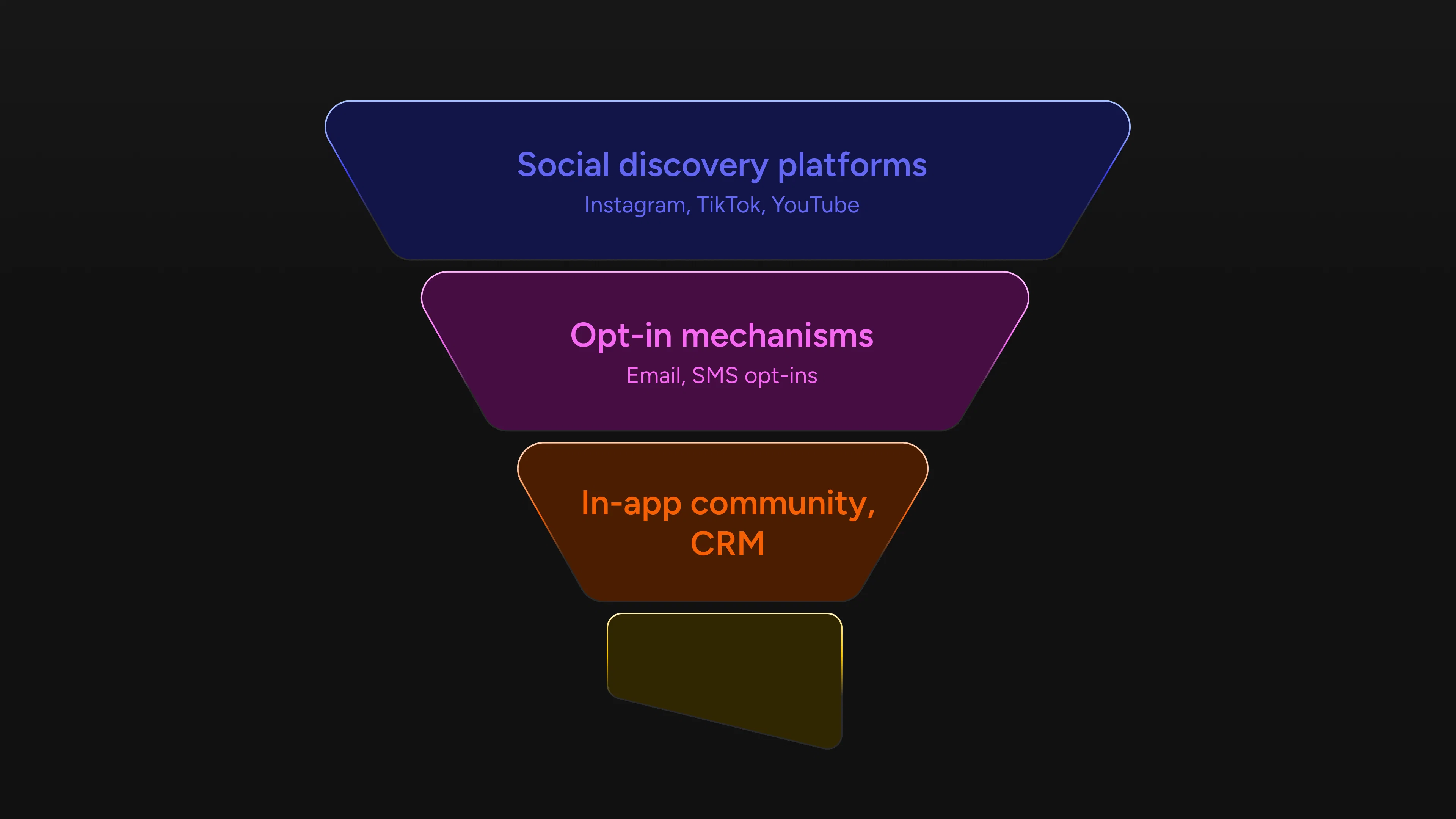Social platforms once gave brands unprecedented reach. But now, more leaders are asking: What happens if that reach disappears overnight? Algorithms change. Ad costs rise. New policies reshape engagement. And each time, brands are reminded that they do not own their connection to their audience.
That’s where portability comes in. If you cannot guarantee who sees your message on social media, how do you ensure your audience can still hear you somewhere else? This article explores the concept of portable, owned audiences and why they are emerging as a foundation for business continuity, not just a marketing tactic.
What Is Audience Portability and Why Does It Matter?

Audience portability is the ability to maintain your connection with customers even when the platforms around you change. If a social algorithm hides your content, your engagement should not vanish with it. If a network falls out of favor, your audience should still be reachable through other, stable channels.
Audience ownership and portability ensure content stability (you can transfer your work and data) and relationship stability (you can still connect with your followers) even if you switch platforms or if external conditions shift. For founders and product leaders, audience portability is also a strategic advantage. You can pivot your product or marketing strategy without leaving your community behind. And for brand marketers, portability is the backbone of omnichannel engagement. The bottom line: when you own your audience data and have permission to reach people directly, you gain flexibility and staying power. You’re building on solid ground instead of sand.
The Power of Owned Channels

How do you achieve audience portability and ownership in practice? The answer lies in owned channels, a direct line of communication to your audience. You control the content, the timing, and the data. These channels are not subject to third-party algorithm changes. And because people opt in, engagement often runs deeper.
Let’s look at each and why it’s so valuable:
Email: Email remains one of the highest-performing marketing channels. It delivers an average ROI of $42 for every $1 spent. Unlike social platforms, where only a fraction of followers see a post, email open rates range from 20 to 40 percent depending on the list quality.
SMS and Messaging: SMS open rates hover near 90%. When users subscribe to texts, they signal real interest. Brands using SMS thoughtfully report increased conversion and repeat engagement — especially for exclusive offers and timely updates.
In-App Communities: Some of the most future-ready companies are building community directly inside their apps. Whether it’s a discussion board, member feed, or loyalty hub, these tools deepen retention and give users a place to return. These communities are incredibly valuable for deepening relationships and fostering loyalty. Research shows that 73.6% of consumers are more likely to purchase from a brand more frequently if it has an active community.
Content Hubs: Blogs, newsletters, and podcasts build portable attention. Unlike social posts that vanish in the feed, this content compounds over time. It supports SEO, builds authority, and gives audiences a reason to come back.
Portable audiences are not just about reach. They are about control. They let you test, segment, and iterate without waiting for a platform update. And most importantly, they let you carry your brand’s voice across formats, devices, and channels without being cut off.
A Shift Already in Motion
The move toward portability is not theoretical. It is already happening.
Substack, for example, has built its business on the premise of audience ownership. Writers keep their email lists. If they leave the platform, they take their readers with them. Many brands are following that logic in their own ecosystems.
Consumer brands are shifting budget toward first-party data. Instead of pouring spend into social ads, they are investing in CRM, email growth, and integrated loyalty programs. Shopify now offers native tools for messaging and community. These signals point in a clear direction. The future belongs to brands that can take their audience with them.
From Broadcast to Continuity
Portable audiences do not replace social. They strengthen it. Instagram, TikTok, and YouTube still play a vital role in discovery, helping brands reach new eyes. But these platforms work best as starting points, not endpoints. The real value lies in building a connection that lasts, one that continues even if the platform's rules or reach change.
That means designing for continuity. How will you stay in touch if your reach drops by 50% tomorrow? How do you move a fan from casual viewer to committed customer? The answer is not more content. It is better infrastructure.
Email lists. Messaging touchpoints. In-app communities. Content platforms. These are the systems that let you sustain engagement even as the surface shifts.

Your audience is your most valuable asset. Do not leave it stranded. Bring it with you.
In the next piece, we’ll explore what it takes to actually build these owned systems — from data collection to experience design. Because owning your audience is not just about channels. It is about what you do with them once they are yours.
This is Episode 2 of the "Beyond Social" series, exploring how brands can build portable, owned audiences. In the next post, we’ll unpack the difference between followers and true community.


